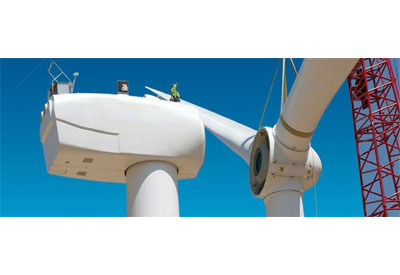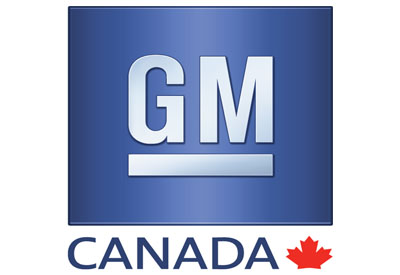The Future is Now: Opportunities for Canada’s Maturing Wind Farms

August 11, 2017
In Canada, we have 6,364 commercial scale wind turbines in operation today.
Until recently, keeping track of this number has been a matter of simply adding new installations to the number from the year before. However, now the equation has changed to include subtracting some active turbines from the total. That’s right, a few wind farms have come to the end of their lifecycle and have been decommissioned, taking some hard working machines offline.
This is through no fault of their own; the turbines simply reached the end of their predicted lifecycle. In fact the ones I’m thinking of were operational beyond their expected 20 years of service. The Cowley Ridge wind farm in Alberta has received a lot of attention in the wind business as a pioneering Canadian decommissioning experience. Built in 1993 this facility operated 57 wind turbines for about three years past their planned lifespan. This impressive accomplishment gives operators and manufacturers of newer machines increased expectations of what can be accomplished in the future.
Decommissioning refers to when a wind farm’s power production is ceased and the above ground equipment is dismantled and land restored.
Repowering refers to replacing or upgrading aging equipment with more advanced and efficient technology. This can mean fewer, but more powerful turbines that can produce equivalent or greater levels of electricity.
Most early wind farm developers planned for decommissioning at the end of the lifecycle. However, this is starting to change. If you research information from other countries that have older fleets you start to notice a trend.
Wind farm owners are increasingly opting to repower.
This is because the free fuel they’ve been using (the wind) is still there, as is the investment in roads, buildings, cabling, etc. There are also substantial sweat equity investments into building a competent team to run the operation and community engagement efforts to ensure landowners and neighbours are being supported.
In Canada, the option to upgrade and continue producing power hasn’t been widely implemented yet because there are very few turbines that have passed their expected lifetime. But as the number of turbines reaching the end of their lifecycle continues to increase (400 wind turbines by 2030) so too will the opportunity and incentive to repower these facilities.
In order to stimulate discussion on this topic, CanWEA has developed a primer entitled, “Decommissioning or Repowering a Wind Farm” in collaboration with the industry. I encourage you to explore this resource for Canada’s maturing wind turbine fleet. It certainly is an exciting development in Canada’s renewable energy future.
http://canwea.ca/blog/2017/08/03/future-now-opportunities-canadas-maturing-wind-farms/















